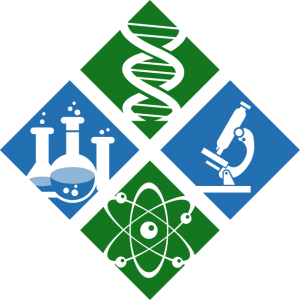
The Art of the Question: The Answers You Get Depend Upon the Questions You Ask
As they say, “a problem well stated is half solved”. Asking good questions is at the root of efficient problem solving and is a skill in which most people lack proficiency but is especially critical in scientific fields. The art of asking good questions requires us to listen, connect, and engage in deliberate, interrogative conversation in order to solve problems. As technical leaders, do you ask good questions and work with your teams to ensure they are asking good questions?
When tackling complex problems, many utilize Six Sigma methodology, which provides a set of tools and techniques to improve efficiencies. The framework consists of seven pillars - Define, Measure, Analyze, Design, Verify, Improve, and Control. Each has different guidance criteria with the goal of attaining an elegant, repeatable solution to some vexing problem. Many large companies have adopted Six Sigma making it a standard framework for quality control and design. The main theme of the first two stages - Define and Measure - is “discovery”, which combines objective observation, vigorous inquiry, and directed dialogue.
The first phase of most critical thinking methods such as Six Sigma is to “understand”. Dispassionately observe what is happening and actively listen to what’s being said, with no reaction, opinion, interpretation or judgment - such as watching a surgeon in an operating room, or listening to a focus group voice their reactions to a new product or political ad.
The second discovery phase is “probe, elicit and clarify,” where you ask questions that identify underlying meaning, belief and intention, and clarify what’s just been said or observed. It’s still about discovery but utilizes techniques such as the 5 Whys to drill deeper on questions, elicit more clarity and establish mutual understanding.
After the discovery phase comes the Inference phase where you challenge assumptions, simulate different viewpoints and hypothesize implications, contradictions and consequences. Here you imagine alternatives, propose hypotheses and begin to uncover the real problem to be solved, which is often not the problem first stated or assumed.
Once you’ve gone through this question and answer dance, you’re ready to define the true problem and prepare for brainstorming solutions. But the first stages of Six Sigma, or any critical thinking framework, require smart, deliberative questioning that gets at the heart of the matter. Questioning that is conversational, inquisitive and incisive. Learning these “soft” skills goes a long way in problem solving, innovation, persuasion and leadership.
For more information on active listening and deliberate questioning, please visit: www.gracemediaworks.com
Sean Grace is a communications coach and trainer, specializing in leadership development, team dynamics and change management.
